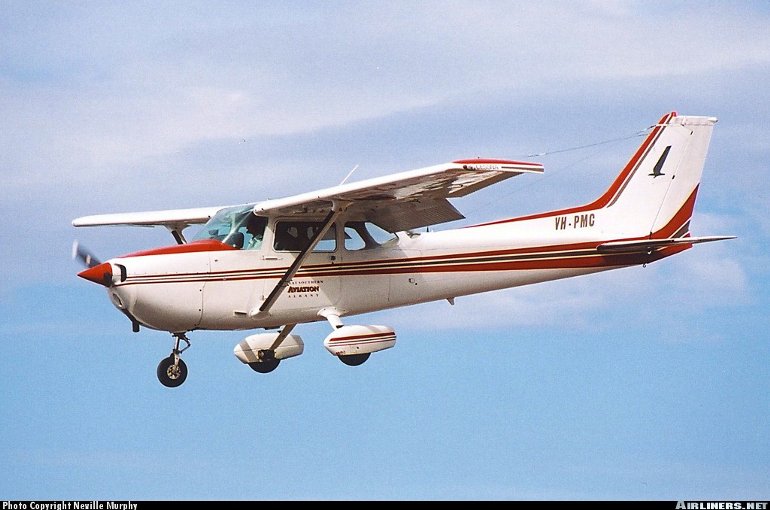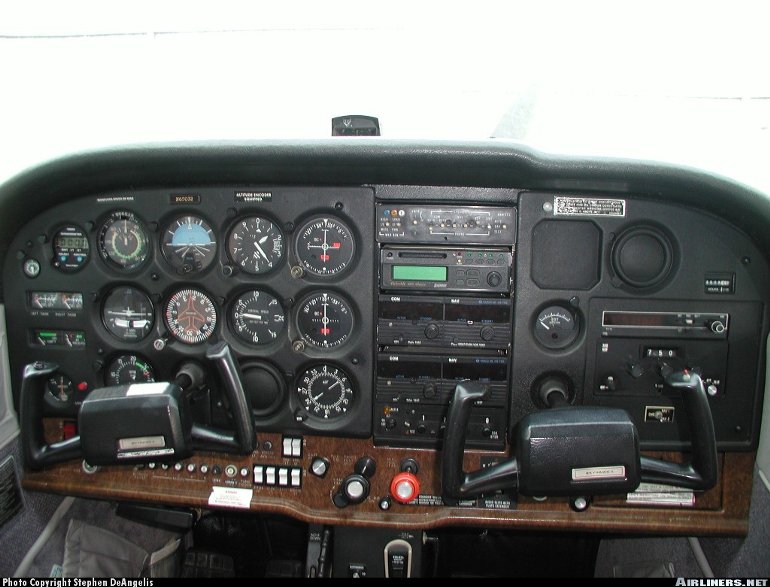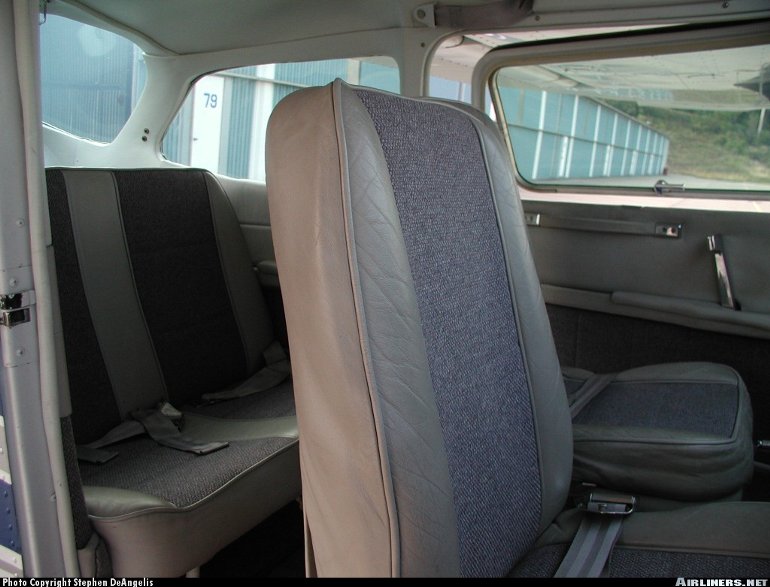Aircraft Technical Data
Cessna 172 Skyhawk (later models)



| Details | |
| Country of Origin | United States of America |
| Type | Four seat light aircraft |
| History | In the late 1960s Cessna re-engined its already highly successful 172 four seater with the four cylinder Lycoming O-320. These O-320 powered models were the most successful to bear the 172 model number (and the Skyhawk name for the Deluxe option), as they were in production during GA's golden years, the 1970s. Cessna re-engined the 172 with the Lycoming O-320-E as compared with the O-300 it had two less cylinders (and thus lower overhaul costs), a 200 hour greater TBO, improved fuel efficiency and more power. Even so, Cessna thought 172 production would be shortlived as the similarly powered but more modern 177 Cardinal was released at the same time. In spite of the Cardinal, the Lycoming powered 172 was a runaway success and easily outsold and outlived its intended replacement. The first O-320 Skyhawk was the 172I introduced in 1968. The 1969 172K introduced a redesigned fin, reshaped rear windows and optional increased fuel capacity, while 1970's 172K sported conical camber wingtips and a wider track undercarriage. The 172L in production in the 1971/72 model years was the first to feature the enlarged dorsal fin fillet. The 172M of 1973/76 gained a drooped wing leading edge for improved low speed handling. The 172M was also the first to introduce the optional `II' package of higher standard equipment. Also in 1976 Cessna stopped marketing the aircraft as the 172. The 172N was powered by a 120kW (160hp) O-320-H designed to run on 100 octane fuel, but the engine proved troublesome and was replaced by the similarly rated O-320-D in the 172P of 1981. The P was the last basic 172 model, remaining in production until 1985. Higher performance 172s include the R172 Hawk XP, powered by a 145kW (195hp) Continental IO-360 and the 135kW (180hp) Lycoming O-360 powered, retractable undercarriage 172RG Cutlass. The 172 was also produced under licence by Reims in France as the F172 and FR172. |
| Powerplants | 172N - One 120kW (160hp) Lycoming O-320-H2AD flat four piston engine driving a two blade fixed pitch propeller. R172 Hawk XP - One 145kW (195hp) Continental IO-360-KB fuel injected flat six driving a two blade constant speed propeller. |
| Performance | 172N - Max speed 232km/h (125kt), max cruising speed 226m/h (122kt). Initial rate of climb 770ft/min. Service ceiling 14,200ft. Max range with 45min reserves and standard fuel 1065km (575nm), with optional fuel 1390km (750nm). R172 - Max speed 246km/h (133kt), max cruising speed 241km/h (130kt), long range cruising speed 177km/h (95kt). Initial rate of climb 870ft/min. Service ceiling 17,000ft. Max range with 45min reserves and standard fuel 1065km (575nm), with optional fuel 1510km (815nm). |
| Weights | 172N - Empty 649kg (1430lb), max takeoff 1043kg (2300lb). R172 - Empty 710kg (1565lb), max takeoff 1157kg (2550lb). |
| Dimensions | 172N - Wing span 10.92m (35ft 10in), length 8.21m (26ft 11in), height 2.68 (8ft 10in). Wing area 16.3m2 (175sq ft). R172 - Span 10.92m (35ft 10in), length 8.28m (27ft 2in), height 2.68m (8ft 10in). |
| Capacity | Typical seating for four in all models. |
| Production | Total Cessna 172 family production over 42,500, of which about 22,000 were basic Lycoming powered 172s built 1968-1985. |
| Related Links | Cessna 172 Skyhawk (later models) |
The backbone of this section is from the The International Directory of Civil Aircraft by Gerard Frawley and used with permission. To get your own copy of the book click here. |
|








